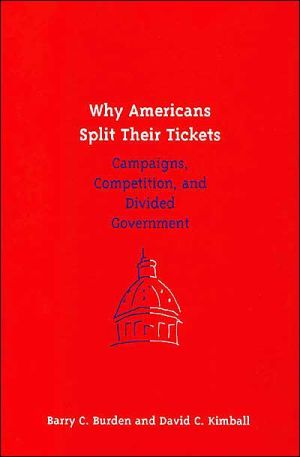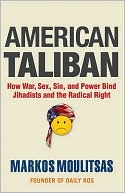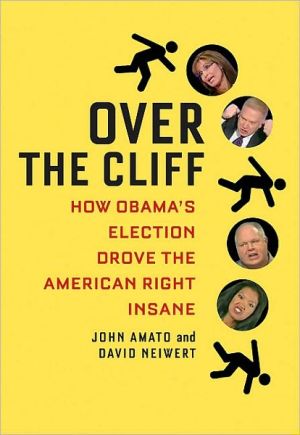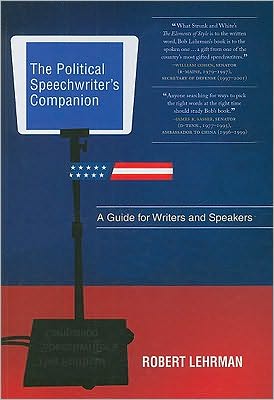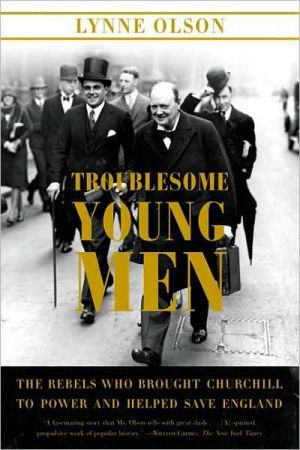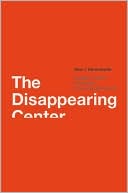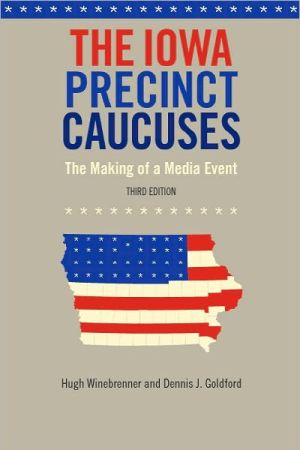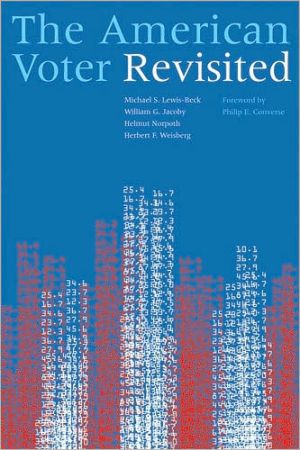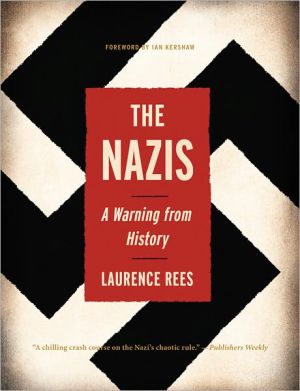Why Americans Split Their Tickets: Campaigns, Competition, and Divided Government
In Why Americans Split Their Tickets, Barry C. Burden and David C. Kimball argue that divided government is produced unintentionally. Using a new quantitative method to analyze voting in presidential, House, and Senate elections from 1952 to 1996, they reject the dominant explanation for divided government, that ticket splitting is done to balance parties that are far from the center. The ideological positions of candidates do not matter in American elections, but voters favor centrist...
Search in google:
Why do some voters split their ballots, selecting a Republican for one officeand a Democrat for another? Why do voters often choose one party to control theWhite House while the other controls the Congress? Citizens and politicians havebeen grappling with the consequences of such "divided government" for thirtyyears. In Why Americans Split their Tickets, Barry C. Burden and David C.Kimball address these fundamental puzzles of American elections. Burden and Kimball explain the causes of divided government and, rejecting thedominant explanations for split-ticket voting, they debunk the myth that votersprefer divided government to one-party control. Likewise, they make a caseagainst interpreting the frequency of divided government as a mandate forcompromise between the parties' extremist positions. Instead, the authors arguethat ticket splitting and divided government are the unintentional results oflopsided campaigns and the blurring of party differences. In Why Americans Split their Tickets, Burden and Kimball use new quantitativemethods to analyze the important changes in presidential, House, and Senatecampaigns in the latter half of the twentieth century. Their approach explainsthe effects on voters' behavior of such developments as the rise of incumbencyadvantage and the increasing importance of money to campaigns in the 1960s and1970s. The authors also observe that ticket splitting has declined in recentyears. They link this emerging voting pattern to the sharpening policydifferences between parties, illuminating the ways that ideological positions ofcandidates still matter in American elections. Barry C. Burden is Assistant Professor of Government at Harvard University. David C. Kimball is Assistant Professor of Political Science at the Universityof Missouri, St. Louis.
In late 1995 and early 1996, Democratic President Bill Clinton engaged in tense negotiations with Republican congressional leaders in an effort to produce a balanced federal budget. While the negotiations generated considerable acrimony on both sides, they did not yield a long-term budget agreement. In fact, the federal government shut down for nearly 30 days between November 1995 and January 1996 when negotiators failed to agree on short-term resolutions to continue funding the government. A divided national government did not help matters. The budget battle revealed stark philosophical differences between Republicans and Democrats over budget priorities and the role of the federal government. The negotiations also had a stop-and-go quality, as each party pulled away from the bargaining table at different points during the process, each time professing its good faith while heaping blame on the other side. The government shutdowns, partisan bickering and brinkmanship, blame avoidance, and elected officials' failure to reach an agreement on an important national problem clearly did not sit well with American citizens. Public approval of Congress and its leaders sunch to new depths at te end of 1995. And while conventional wisdom may hold that the budget standoff enhanced Clinton's stature at the expense of the Republicans, the president's approval ratings also dipped during the budget dispute. One national survey taken in December 1995 found that a plurality believed that continued divided government would be worse than would be unified government under either party. When the president and Congress agreed to pass temporary continuing resolutions in January 1996 that would keep the government open through the November election, both sides proclaimed that the American electorate would have to decide which party better reflected the country's spending and revenue priorities. The implication was that the budget stalemenate would motivate votes to choose sides in the upcoming election. Nevertheless, less than ten months later, American voters maintained the same pattern of divided government by reelecting President Clinton and returning Republican majorities to the House and Senate. Clinton won reelection by a larger margin than he had garnered in 1992 at the same time that the Republican Party gained two seats in the U.S. Senate. In fact, all of the major players in the budget talks of 1995-96 (with the exception of Bob Dole, who resigned from his Senate seat to run against Clinton) retained their positions after the Nov\ ember 1996 elections.\ Why would voters choose the same divided government configuration again after it seemed to fail so miserably in the winter of 1995-96? Do voters prefer divided government and policy stalemate? No less than an authority than Bill Clinton has remarked that "a lot of the time in our history the American people would prefer having a president of one party and the Congress the other." The mainstream press offered similar explanations for the 1996 elections, concluding that the outcome was a mandate from the voters for bipartisanship and compromise in Washington.
Acknowledgments ix I Contemporary American Politics and Divided Government 1 II Explaining Divided Voter Behavior 17 III Measuring Ticket Splitting 41 IV President-House Ticket Splitting from 1952 to 2000 67 V Midterm Elections and Divided Government 105 VI Splitting the Senate 127 VII Conclusion and Implications 157 Notes 171 References 183 Index 199
